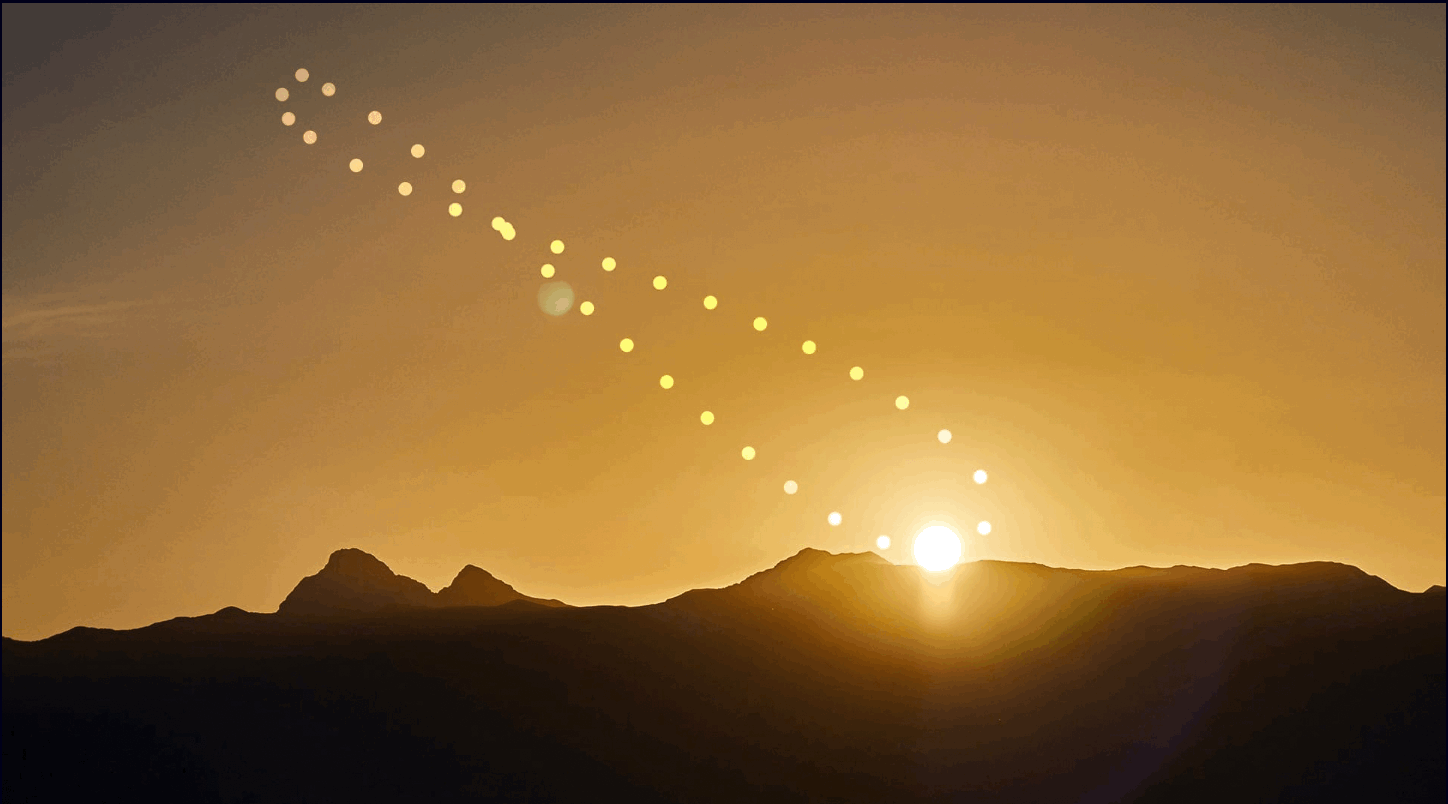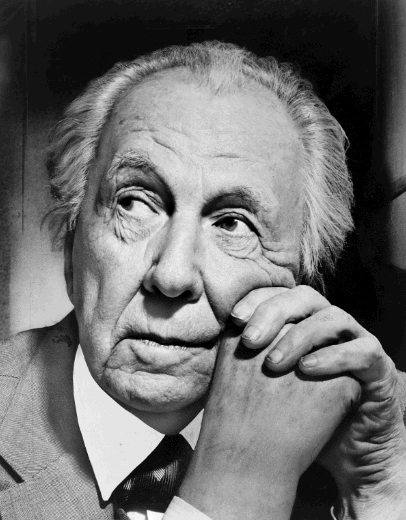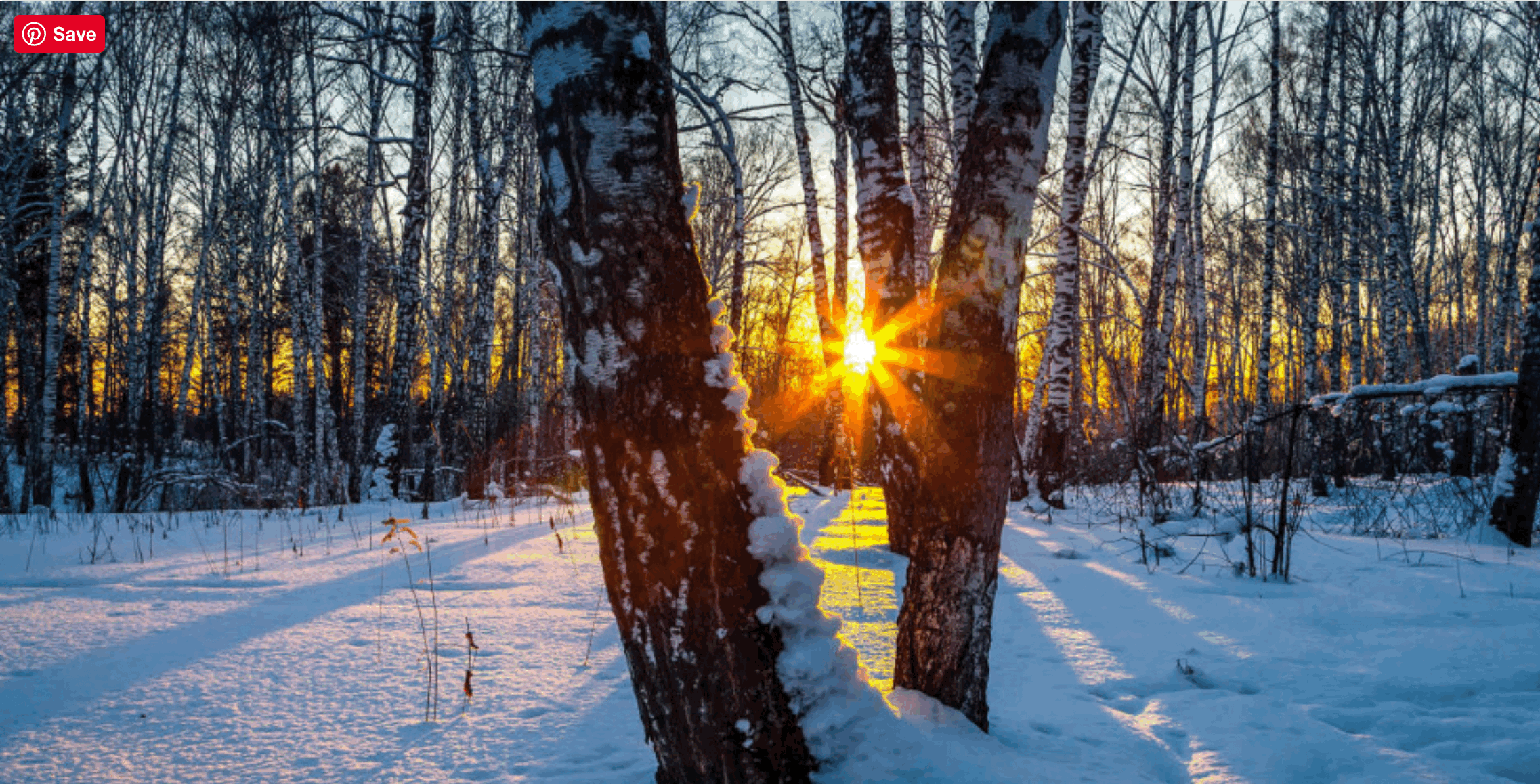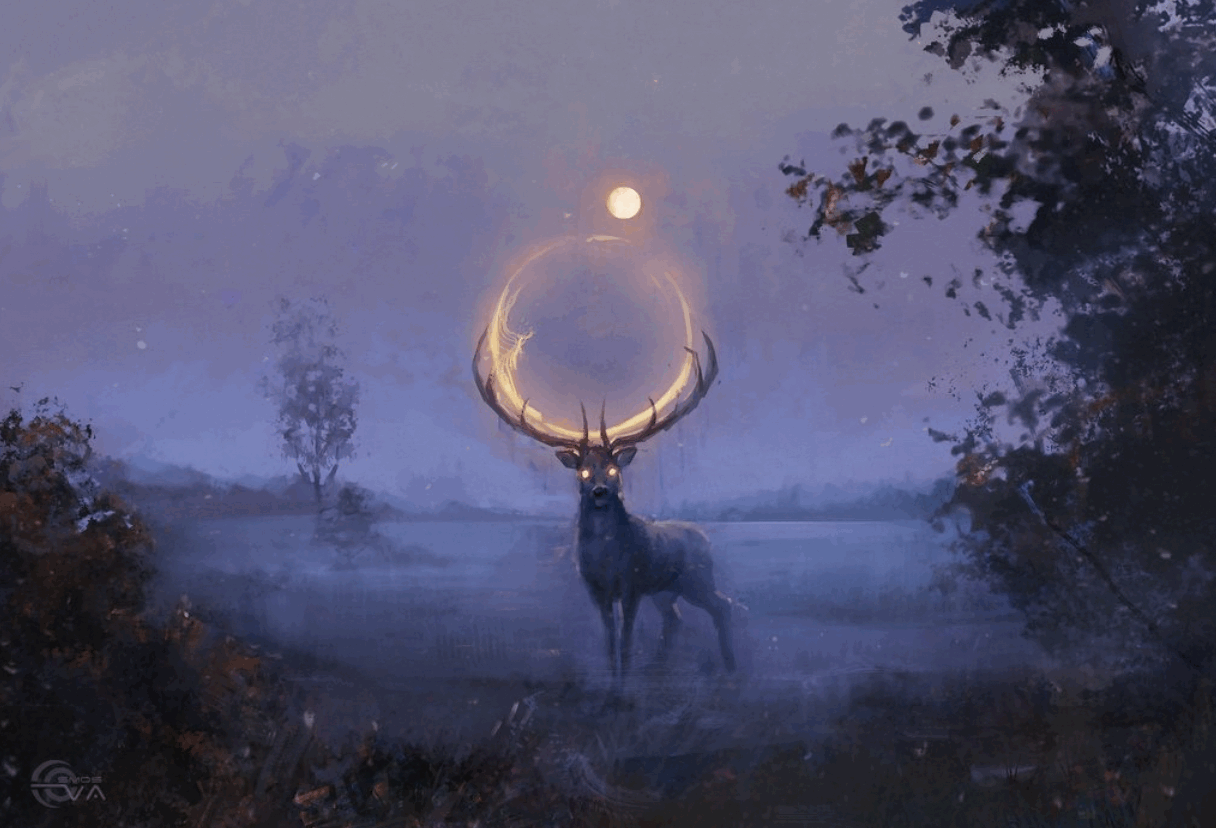Understand Winter Solstice
The Solar Analemma & The Symbol of Infinity
If you’ve ever seen an image of a figure-eight-shaped path traced by the Sun over the course of a year, that’s the solar analemma. It’s the Sun’s movement through the sky, captured at the same time every day for a year. At the very bottom of that figure-eight is the Winter Solstice—the Sun’s lowest point. This moment of stillness, where the Sun seems to "pause," becomes the base of the infinite cycle of the year.
This is a profound symbol. The Winter Solstice isn’t just a low point—it’s the foundation for everything that follows. Just like the bottom curve of the analemma, it’s a place of depth, rest, and reflection. And from that still point, the energy begins to rise again. This mirrors the Solstice's energetic shift from darkness back to light, a reminder that every low point holds the potential for an upward turn.
Be the Architect of Your Own Solstice Intentions
The Winter Solstice on December 21, isn't just a seasonal shift—it’s a powerful threshold moment where endings turn into beginnings. With the Sun at its lowest point in the sky, we experience the longest night and shortest day of the year. But from this stillness, the light begins its slow, steady return. It’s a pause point—a chance to reflect on the past, honor the present, and map out intentions for the year ahead.
If that sounds a little abstract, think of it like this: Imagine you’re designing a house—not just any house, but one that reflects your values, dreams, and the life you want to live. This is where Frank Lloyd Wright’s architectural philosophy comes in.
Frank Lloyd Wright & The Art of Intentional Design
Wright wasn’t just an architect of buildings—he was an architect of experience. His most famous home, which wasn’t perched on top of a hill to dominate the landscape, but built it into the “brow” of the hill, integrating it with the natural world.
Following family custom, he gave the site a Welsh name, “Taliesin” (pronounced Tally-ESS-in), which means “shining brow.” The name symbolized Wright’s intention to create a home that was “of the hill,” not on it.
He believed human structures should work with nature, not against it. This idea of living with natural forces instead of trying to control them aligns perfectly with the energy of the Winter Solstice.
“Local farmers helped Wright move stone from the yellow limestone quarry nearby, which he then mixed with sand from the river to create Taliesin’s walls. Plaster for the interior walls was mixed with sienna, providing a golden hue reflective of the pastoral setting. Taliesin features many architectural elements that became Wright’s trademarks: the cantilever roofs, wide windows, and an open floor plan.”
Much like the Sun “pauses” at its lowest point, Taliesin was a space designed for presence and reflection. Its wide windows let in natural light, allowing the changing arc of the Sun to cast shifting patterns of light and shadow throughout the year. The design incorporates noticing the passage of time—the very thing we’re encouraged to pause, and do at the Solstice.
Capricorn Energy: Patience, Mastery, and Building Something That Lasts
Astrologically, the Winter Solstice marks the Sun’s entrance into Capricorn, a sign ruled by Saturn, the planet of time, structure, and discipline. If you’ve ever started a long-term project—like writing a book, learning a language, or planting a garden—you’ve tapped into Capricorn energy. It’s about slow, deliberate progress toward something meaningful.
The winter Solstice functions like a “New Moon” for the entire year. New Moons are moments to plant seeds of intention, and this is like the biggest one because metaphorically represents the new moon as it is the longest, darkest night of the yearly cycle. That has some powerful manifestation potential.
It’s a time to pause, reflect, and ask yourself: What do I want to build in the year ahead? What foundations do I need to lay now to make that happen? What kind of house do I like, what does it look like, how does it feel?
Capricorn doesn’t do shortcuts, and neither did Frank Lloyd Wright. His work reminds us that things worth building take time, patience, and care. To take this metaphor of Talesian a little further, FLW rebuilt it several times, and it has had many purposes.
Wright would rebuild the house twice, following significant fire damage in 1914 and 1925. The property grew and expanded over time, with buildings to house its various functions as a home, a studio, a school of architecture, and a self-sufficient working farm. Taliesin, like all the homes that Wright designed for himself, continued to evolve over the nearly five decades that he lived there. Wright treated the home as a laboratory of sorts, continually altering it with the help of his apprentices whom he called “the fingers of my hand.”
This is encouraging to think about the malleability of a house, of our architectural blueprint for our lives, that it is not static, and it can be a laboratory of sorts, to fit our needs as we grow, learn, and evolve.
Designing Your Solstice Blueprint
If you think of your life as a house, this is your chance to be the architect of what comes next. Like Wright, you don’t have to bulldoze everything and start from scratch. Instead, you can work with what’s already there, building something that feels rooted, intentional, and in harmony with your surroundings.
Here are some ways to work with this energy:
Map Your Blueprint: Take a moment to reflect on the past year. What worked for you? What didn’t? Are there areas of your life that could use a little freshening up? You can do this in a journal, by writing a letter to your future self, or even just by quietly thinking about how the lessons of the past year can guide you forward.
Set Your Foundation: If you think of your life like a house, to stand strong, it needs a solid foundation. So, as the year begins, consider what long-lasting habits or structures you want to build. Focus on things that will support your growth in the long run, not quick fixes.
Honor the Light’s Return: Light a candle to celebrate the return of the Sun. As you do, think about what you want to grow in your life as the days start to get longer again. What seeds do you want to plant for the months ahead?
Create a Winter Altar: Set up a little sacred space to honor the solstice. You can decorate it with things that represent renewal—evergreen branches, crystals, or seasonal fruits. This can serve as a reminder of winter’s quiet wisdom and the returning light, helping you stay grounded through the colder months.
Integrate Nature into Your Blueprint: Winter is a time when nature slows down, resting to prepare for new growth. Take a walk in the cold air, notice the stillness of trees, or just sit outside for a while. Let nature’s rhythms inspire your plans for the year ahead, embracing the cycles of growth, rest, and renewal.
A Final Thought
Frank Lloyd Wright’s philosophy wasn’t just about houses—it was about how we live within the natural rhythms of life. At the Solstice, we’re reminded to do the same. This is your moment of stillness, your chance to design the year ahead with patience, precision, and presence. Instead of rushing toward resolutions, take this moment to pause, reflect, and ask: What kind of life am I building? Like FL Wright’s home, Taliesin, your life doesn’t have to sit on the highest peak to be great—it just needs to be rooted in intention and in tune with the world around you.










